SUNFISH (& Other Stories on Green Lake)
A Movie of Memory: Conversation with Cinematographer Marcus Patterson
Adam Manery | Sunfish Interview
SUNFISH (& Other Stories on Green Lake) is one of many films making its premiere at the 2025 Sundance Film Festival. The initial buzz around the movie may feel subdued when placed directly next to films like Atropia, Jimpa, If I Had Legs I’d Kick You, The Thing with Feathers, Opus, and Omaha. Still, Sunfish has slowly inserted itself into the conversation as one of the “must-watch” films of the festival. As if to put an exclamation point on this sneaky revelation, it was announced earlier this week that Joanna Hogg (The Souvenir, The Eternal Daughter) has hopped on board as executive producer, praising the film for its “sensitive characterization and beautiful storytelling”, which left her feeling “knocked out”. Having such a respected name in the industry tied to the film prior to its premiere underscores its potential.
The film itself is described as a “perceptive debut” centered on a singular place (Green Lake, Michigan), but told through several different stories – a girl learning to sail, a boy fighting for first chair, two sisters operating a bed-and-breakfast, and a fisherman after the catch of his life. What ties these stories together is the memory of Green Lake. The water, the hammock by the lake, and the light spilling in through the kitchen window. In tandem with director Sierra Falconer, this feeling of “memory” and “nostalgia” is crafted by cinematographer Marcus Patterson.
It was a pleasure talking with him, as he shared more about Falconer’s vision for this film (rooted in her own experiences on the lake). We chatted about the photographs that inspired the film’s visual language, the challenges of shooting on location, and some of the most influential films and filmmakers in Patterson’s life and work.
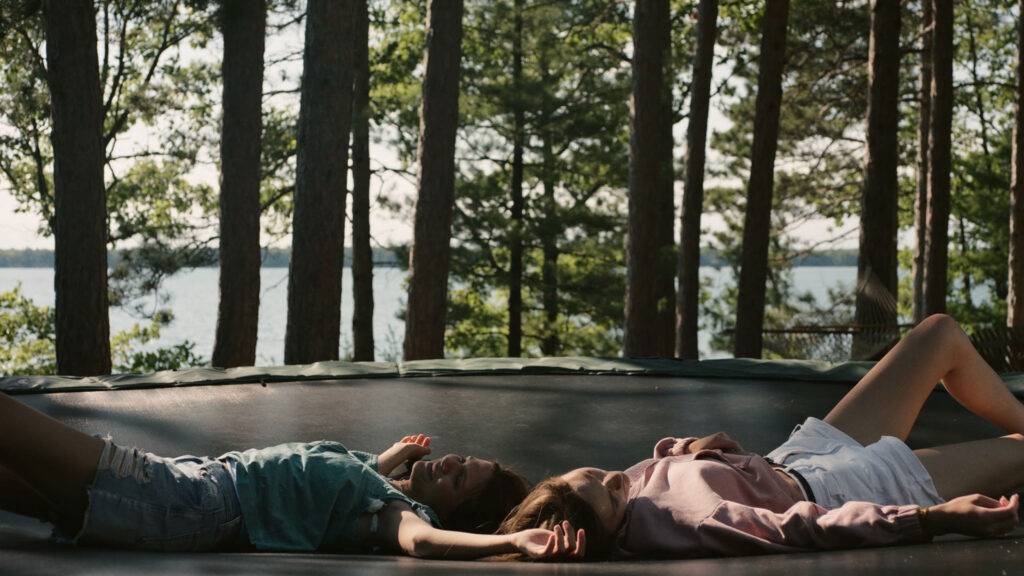
SUNFISH (& Other Stories on Green Lake) is premiering at the 2025 Sundance Film Festival on January 26th at The Ray Theatre.
On The Story of Sunfish and Working with Director Sierra Falconer
Adam Manery: When folks ask you to describe Sunfish (& Other Stories on Green Lake), what do you tell them?
Marcus Patterson: I tend to tell people it’s a portrait of several different lives around this real place in Green Lake, Michigan. Our director grew up near there, and we shot and stayed on her grandmother’s property on the lake. I don’t usually pitch it as an anthology film. I talk about it being more like different portraits of people’s lives on a lake in Michigan.
You mentioned the director, Sierra Falconer, and her life being imbued into this project. As Director of Photography, the relationship between you and the director is crucial, but it also varies significantly depending on who you’re working with. What was the relationship with Sierra like on this project?
Sierra and I had a great partnership – from our prep work, all the way through the shoot. It’s her film, but it’s my job to ensure we capture it and make the day. Sierra reached out to me about 10 months before production, and we sat down for coffee. I loved the script from the very first time I read it.
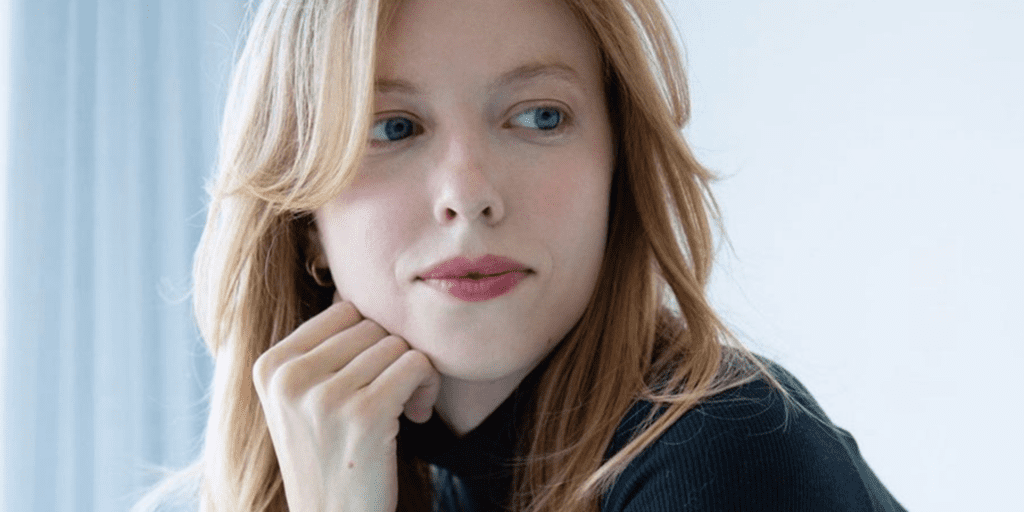
I grew up in Alabama, and we were on the lake every summer. I went to summer camp on the lake. I’ve been to the lake for at least a week or two every year of my life. So, I was talking about my own memories of the lake, what it meant to me, and how it feels like a place you go to, and time just “slips by”. Then, when you return to the real world – whether it’s been a week, a month, or a whole summer – you’re almost surprised that everybody else’s lives have kept going.
You know, “You’re older too”. There’s something about the lake, the humidity, the “magic”… the fog in the air in the mornings, and everything else like that. It feels as though it’s timeless and the trees are almost reaching over you.
So when I started talking about my personal experience of the lake, she said, “I think you get it”. I also brought some photography to the meeting, and we started talking about reference images. She showed me some as well to make sure we were “seeing” the same movie.
The other thing that was important to both of us was preparation. I like shot lists. I love photo-boarding. And Sierra wanted to be able to see the movie as much as she could before we started shooting. So before we started officially prepping Sunfish, we agreed on a prep schedule, and we were on the same page. Throughout the process, it was a great partnership. We were constantly building on each other’s ideas.
On the Importance of Pre-Planning and Having to Adjust on the Fly
That’s the dream! Given that you both put a lot of emphasis on the pre-planning, did you shoot this with pretty minimal coverage? Is the film as we see it essentially as it was storyboarded?
We were pretty well-planned. The movie you see for the most part is what we had in mind before shooting. The only real exceptions were things we couldn’t plan for, like wildlife. There was a lot of work with loons – not ducks, I learned that quickly when I called them ducks… These baby loons, we would see what they did when they got into the water and we had to be improvisational.
Whenever I can’t control all the variables in a situation, I ask for more time.
Sierra made small changes to the script so that the actions of the loons were still pointing to what was going on with her characters. For example, there’s a line in the first chapter, Sunfish, where the grandmother talks about the baby loon not being on the mother’s back, which is something wild loons do – the babies will ride on the backs of the mother. But when we were shooting, there was something about the temperature, and because of this, the loons weren’t going to ride on their mother’s back.
Because we never got this footage, the script was changed so that instead of Lou identifying a mother and the baby connecting in a way she was lacking, she pointed to the fact that that mother was neglectful of her baby loon, which says a lot about her character in a different way.
In that way, we had to be improvisational. Also, anytime we were shooting boat scenes, I learned how challenging boat-to-boat work is. It was almost documentary-style watching Lou learn to sail.
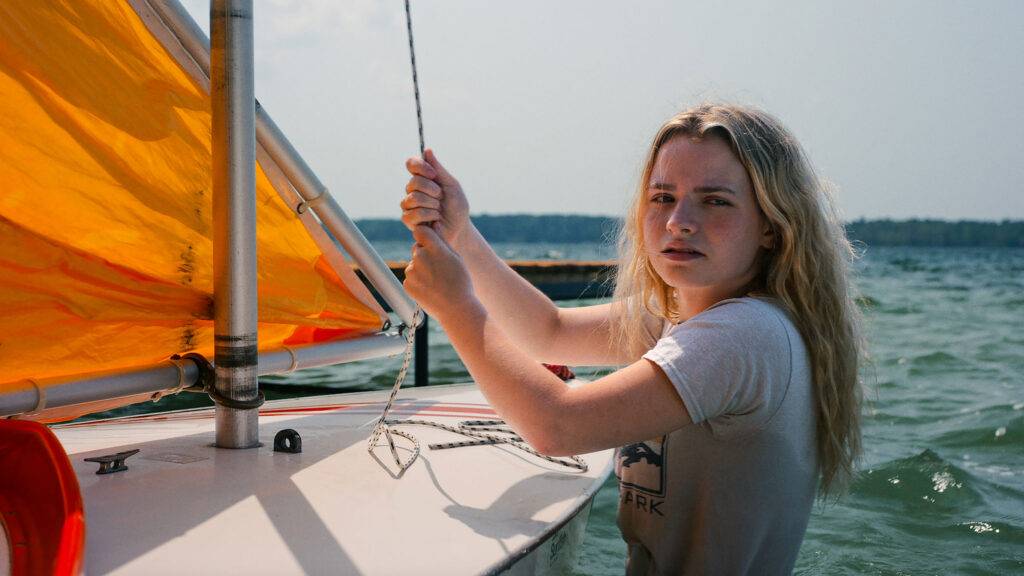
But overall, I wouldn’t say we were minimal with coverage because it wasn’t – it was just the way we planned it. We wanted to see people in spaces. We wanted to see big windows and see light coming through. We wanted to know what it felt like with a little family at the kitchen counter or the kitchen table.
I’d say about 80% of what you see in the movie is what we planned.
You mentioned shooting on boats in the “Sunfish” chapter. What were some of those challenges and what creative solutions did you have to come up with?
Whenever I can’t control all the variables in a situation, I ask for more time. With the “Sunfish” sailing sequences, we had a whole half-day for each outfit. She sails twice – the first time she goes out when she’s not very good at it. And then the second time when she’s a much better sailor. So I asked for a lot more time.
I can tell the AD (Assistant Director) how much time I need. I can talk with my team – the gaffer, the key grip – and see how much time they need to get everything set. Time is your best friend when you’re shooting a film; whenever you can’t control every variable, it’s even more critical.
We also changed lenses for that sequence. I shot almost the whole movie on Masterbuilt Soft Flares Prime Lenses, but for that sequence, we used Anginieux 25-250 HR Zoom Lenses, so I could quickly reframe to adjust our distance to Lou. I also learned that for productions of our size, the boat driver becomes a sort of camera operator.
Grant Ellison (director Sierra Falconer’s husband and producer on the film) was driving that boat, so I was constantly barking, “Go left,” or “Back up, back up!” It was a two-person job – I was operating the camera while Grant was operating the boat
We would also go into those sequences knowing a few shots we needed to tell the story, but everything else is extra, right? We weren’t sure exactly what we’d get, but if we got something approximating these 3-5 shots that were expressionistic and told the story, everything else was a bonus.
On Creating a Feeling of Memory on Screen and Maintaining a Visual Language
You mentioned from your own experience on the lake, this sense of time feeling like it should be standing still. And I’ve heard Sierra speak about creating nostalgia for a place most folks have never been to. How do you go about showing these concepts of “time” and “nostalgia” through the visual language of the film?
From the very beginning, we wanted the film to feel like a memory, like someone telling a story of a time from the lake. Nothing in the film should point to a particular decade or period – we wanted it to exist almost outside of time, and that’s how we designed the look.
Everything from the costumes to the props, everything. No one pulls out an iPhone or anything that would point to a specific time. During prep, Sierra brought a bunch of family photos. They were all tactile – real family photos in a shoe box, and we spread them out over the table. She wanted the film to “feel” like these photos. They’re mostly from the 90s and they’re a little bit sunfaded, and they’re beautiful. There’s nothing professional about them. It looks like someone had just walked by at the lake. A lot of them were taken at the lakehouse, which was cool because you don’t often get reference images in the place where you’re sitting when you’re prepping a movie.
So, in addition to the photographers we’d already looked at, I knew she wanted the movie to look and feel like these photographs. We were constantly referencing them when we were designing the look of the film, and we even took photos of them for the colourist to show the sort of “faded” look we wanted.
We also tested lenses some lenses. I love vintage lenses, but one of the issues I have with old glass is, occasionally, it’ll go down on you. Something will happen. The iris ring will stop working. And we were a day’s drive from the nearest camera house. So I needed robust lenses that wouldn’t go down on me and would last the whole 18-day shoot, but that also gave us that look we wanted.
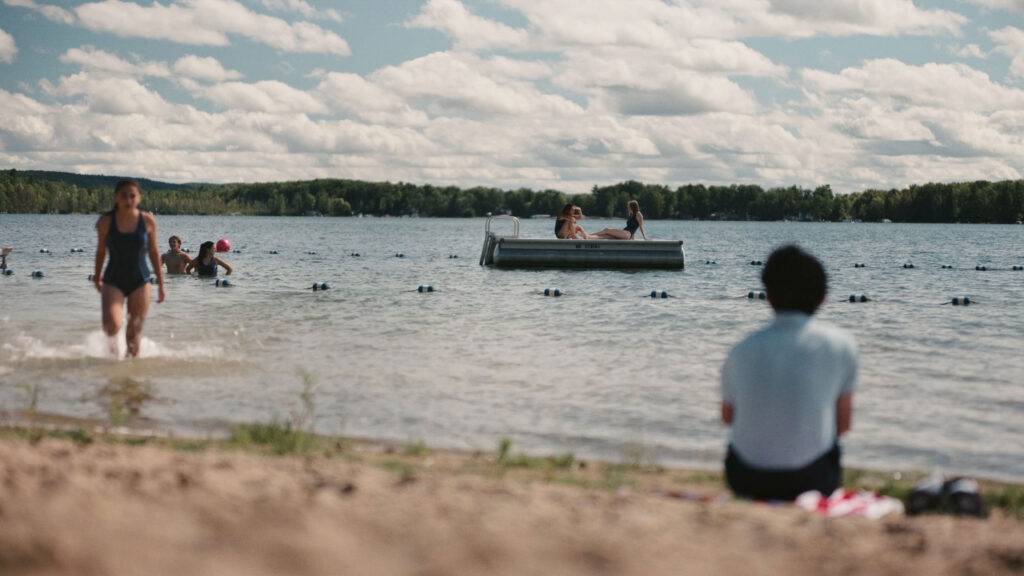
We settled on the Masterbuilt Soft Flares because they’re sharp in the middle, but the way they fall off, they’ve got a bit of that like “Petzval swirl” around them. You can see it most clearly when I’m shooting the leaves – you can watch little sparkles in the trees. It felt slightly older – not super modern – but it still felt clean.
That’s sort of what we were going for the whole time. What feels most like a memory? What feels like you’re listening to someone tell a story about the lake? That was our photographic North Star.
Because this film has these different chapters, how did you determine whether to make each more distinct or more cohesive, as a whole? How did you ultimately choose to approach this visual language from chapter to chapter?
That was a big conversation we had early on. Do we want to adapt the style and the look of each chapter when we hand it off to a different protagonist? Do we want the look of the film to change? What we ultimately decided was that while they are different chapters, they’re all part of one movie, one story, and one place. So we don’t vary the look much at all from story to story the same. I used the same LUT in the camera throughout the whole movie.
Stylistically, we just wanted it to feel like the same story – like Green Lake has a look and a feel all its own.
What you do notice are some stylistic changes that take place. They had more to do with production challenges or the way we were telling that story. For example, “Sunfish” has its own look because it’s all static, which we wanted. We wanted those wide frames. But then when we’re on the boat, it’s kinetic. And that’s because it’s crazy shooting boat to boat.
Resident Bird has more handheld in it because we shot a bunch of cooking sequences. That’s the way the two characters relate to each other. The older sister was going to culinary school, and we quickly realized we would shoot very slowly if we set up a tripod every time we wanted to show an egg cracking. So we ended up shooting a lot of that sequence handheld. In that way, they developed a unique language a little bit. For the most part, though, stylistically, we just wanted it to feel like the same story – like Green Lake has a look and a feel all its own.
On Photographic Inspiration and Filmic References
It’s the place that’s the connective tissue more than anything else. You mentioned that you brought photos forward to Sierra. Are you a ShotDeck guy? Do you go back and watch films? Do you lean into photography as a medium? Where do you ultimately find your inspiration?
I’m drawn to rural, Southern stories. I love Jeff Nichols‘ work. I was pitching shotgun stories to her early on – the stark photography, watching people in spaces. A photographer I brought to the meeting was Tema Stauffer. She has a collection called “Southern Fiction”. She drove around the South taking all these photos. She went to William Faulkner‘s old home and captured these beautiful landscapes and little portraits into people’s lives. Just this stunning light coming through on a kitchen table that I loved.
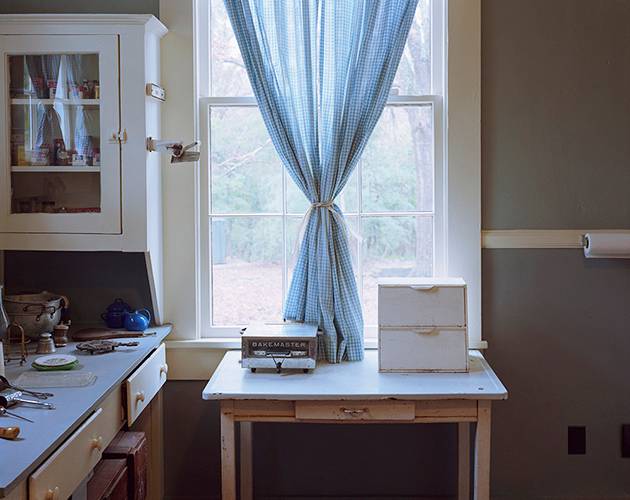
Before I’d even seen pictures of the lake house, I brought those and she started showing me pictures of the real lake house, and there were a lot of similarities. That was really cool. Sierra also brought a photographer, Nathan Pearce who has a collection of portraits. They’re black and white, so it wasn’t a direct photographic reference, but they’re staring into the lens. It felt like someone called their name and they looked over, no matter what was going on, dirt on their face, no matter what was going on. It’s even called “Midwest Dirt”.
So we started talking about how important faces were to this, and that’s actually how we settled on the camera too. I love the way that faces feel on the large format sensors, so we chose the Alexa Mini LF. The film is so much about portraiture. It’s about being in people’s faces and capturing a moment in their lives when something critical is happening
There was also a Céline Sciamma film, Petite Maman… the way it felt – there’s a magical realism to it as she goes through the forest
We did also put together a deck. I always bring ideas to the first meeting, but I don’t ever want to grab the vision and drive it too early. Usually, I just let them know about certain things in the script, what they brought to mind for me, and how they are reminiscent of certain things. I rarely put together too significant of a presentation.
Sierra also gave me a slew of movies to watch. I’d already seen about half of them, but we watched a bunch together. Sometimes, we were watching them together in person, but a lot of times we’d watch them and then we’d hop on Zoom and chat about them.
What were some of those movies?
A few stand out. There’s a movie called A Love Song with Dale Dickey and Wes Studi. That was one. Another was The Killing of Two Lovers (note: the director of The Killing of Two Lovers, Robert Machoian, has also written Omaha, which will be playing at this year’s festival)
Then there was an anthology film that Sierra loved. It’s not a photographic reference, but it was to show me how she wanted to structure the story called Personal Velocity. It’s three portraits of different women and we’re dropped into their lives.
There was also a Céline Sciamma film, Petite Maman. That was another photographic reference. The sun coming through the trees was very central to that. And the way it felt – there’s a magical realism to it as she goes through the forest. We wanted the movie to have that sense of magical realism.
Quick Questions (Directors, Films, and Sundance)
If you could work with any director, who would it be?
I’ve always been blown away by Paul Thomas Anderson‘s work. The performances that he gets. The mise en scene – everything he puts in front of the camera. I’d probably go with PTA.
What is a film that you look at and think, “I could only dream of shooting this”?
There’s so much. I feel like I need to send you a list. But maybe we’ll stick with PTA and go with The Master.
Mihai [Mălaimare Jr] is a friend of mine. I’ve loved his work forever, and I had the opportunity to work with him during the Distant Vision project a few years ago. He is one of the people who showed me what larger formats, like 65-millimeter film can do for portraits. The way that you can get the camera closer to someone and fill the frame. You feel the closeness to the face.
Since you’ll be at Sundance, are there any films you hope to catch while in Park City?
I took the ASC Masterclass a few years ago and Paul Meyers was one of my guest instructors, and we’ve been in contact. He shot Omaha, so I’m stoked to see his work. I’m excited to see April, and I also have tickets from Atropia.
Honestly, there are several that I’m excited to see. There’s Rabbit Trap, one of the Midnight showings with Dev Patel. It sounds like a really fun slate.
Check out More:
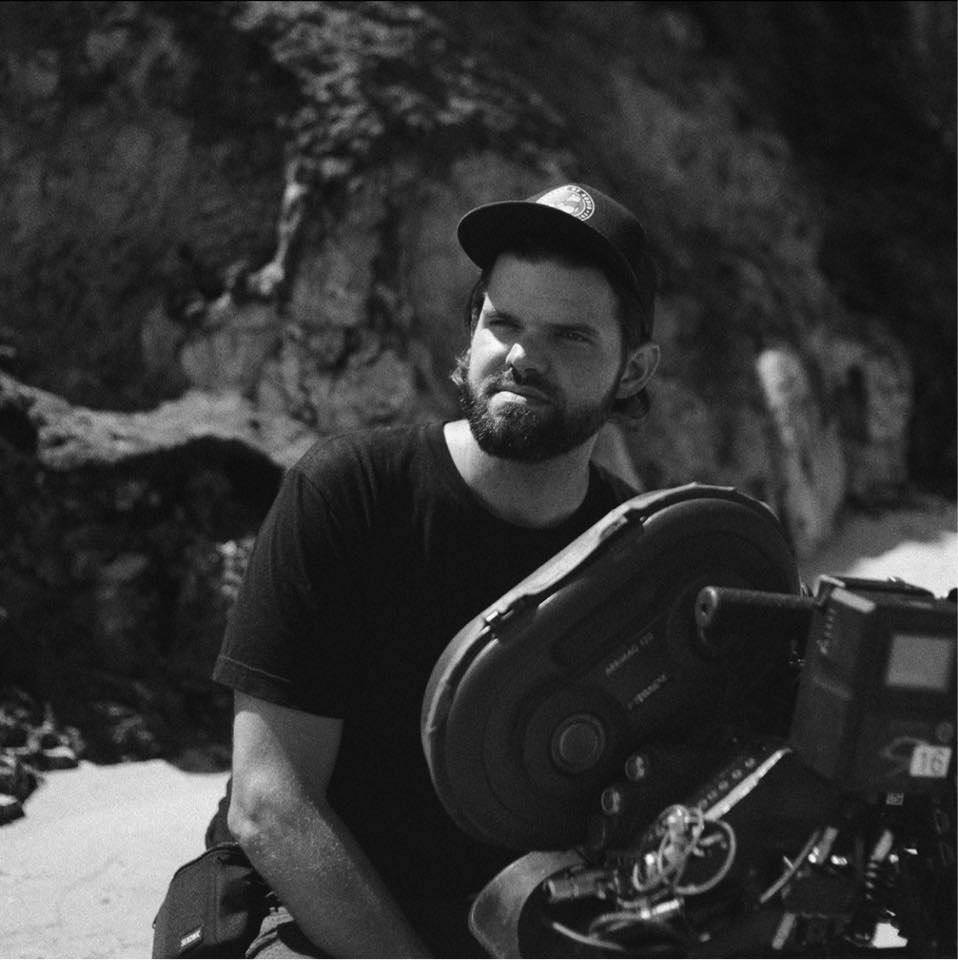
Marcus is a cinematographer from Birmingham, Alabama. He received his MFA in cinematography from UCLA’s School of Theater, Film, and Television, where he was nominated for the ASC’s Student Heritage Award for his work on the film Boy In The Elvis Suit. He has had films shown at fifty festivals worldwide, including premieres at SXSW, Telluride Film Festival, and International Film Festival Rotterdam. He won Best Cinematography for his work on I Remember It Rained at Winter Apricots International Film Festival in Prilep, Macedonia. He recently returned from New York City, where he lensed his fifth feature film Only Good Feelings. He lives in Sherman Oaks with his wife Katelyn and son Theron.

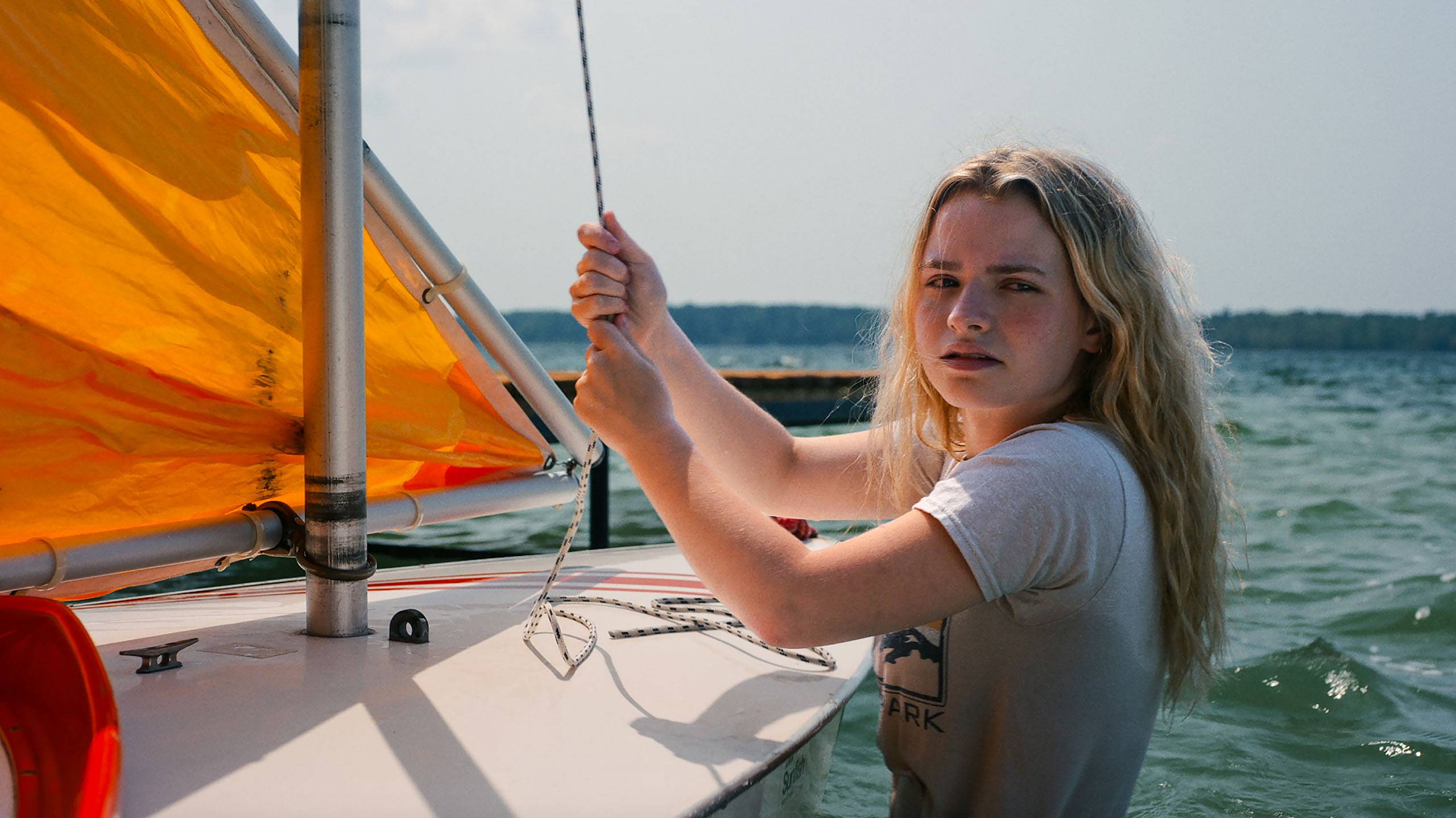



Pingback: Top 5 Movies from the 2025 Sundance Film Festival